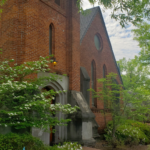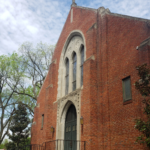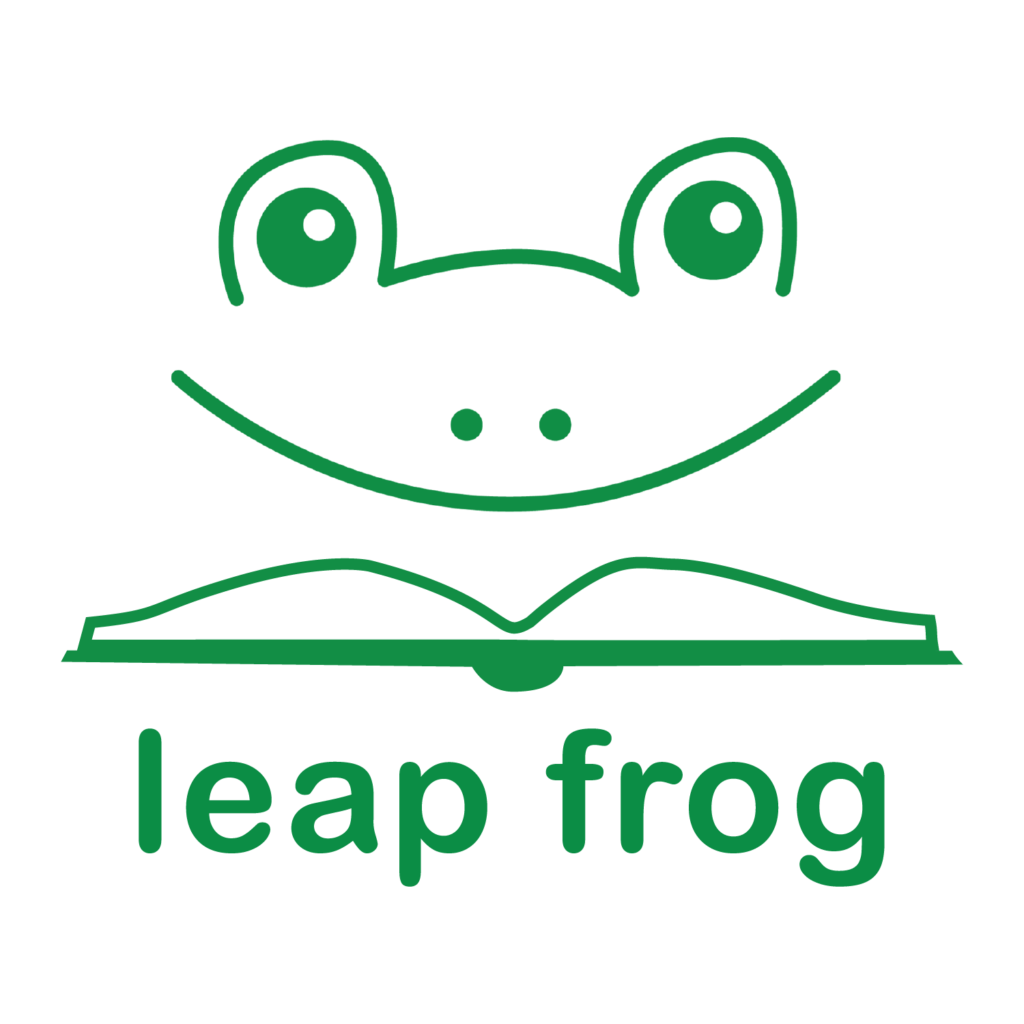
In 1989, St. Peter’s Episcopal Church Rector Duncan Gray III had a vision. He and other members of St. Peter’s visited a tutoring program in Clarksdale, Miss., and brought the idea of starting a similar program back to church leaders. As a result, the program launched in the fall of 1990 with the hiring of its first executive director. Though launched and supported by local churches, the program is not faith-based.

Leap Frog was housed in several Oxford locations over the years, including St. Peter’s Episcopal Church, Oxford-University United Methodist Church, The Orchard, Oxford School District locations, and more. The program is currently moving back to St. Peter’s Episcopal Church.
Since beginning in 1990, Leap Frog has had six executive directors. Kris Mink was the founding executive director and served for three years. Five other directors have followed: Rosie McDavid (1993-1998), Barbara Lowe (1998-2003), Anne Marie Ross (2003-2006), Teresa Adams (2006-2021), and Whitney Sweeney (current).
Program Size
Originally, the program served 16-second-graders from the Oxford Public Schools when it launched. Since then, the program has grown.
- In 1991, Oxford first-graders were added so the program grew to served 20 students.
- By 1996 the program served 41-first- and second-graders and included Lafayette County Public Schools.
- Oxford-University United Methodist Church joined as a second host-site for the program and 10 student students were added in February 1997.
- The program grew to 90 students in the spring of 1999 and remained at that level until 2012.
- In 2012, Executive Director Teresa Adams and Assistant Director Kathryn Shirley expanded the program to serve an additional 50 students to include third-graders.
- Now, we are serving 60 students four days a week in the LOU community.
Program Measurement
Since the program’s goal is to improve literacy among first through third graders, Leap Frog strives to measure that progress. This is challenging as the school districts utilize different tests and those tests change over the years.
- In 2008, student data was collected to begin monitoring the progress of students in the program.
- Students’ STAR test scores were used to track reading levels beginning in 2012.
- In 2017, with the help of both school districts and parent consent, student progress is tracked and monitored through existing testing within the school districts. However, raw test scores are not a direct measure. Volunteer Dr. Ruth O’Dell, a former elementary administrator and counselor, reviews scores to look at the amount of progress each student makes.
Leap Frog’s Future
We look forward to growing the program and continuing to serve the LOU community to the best of our abilities.
